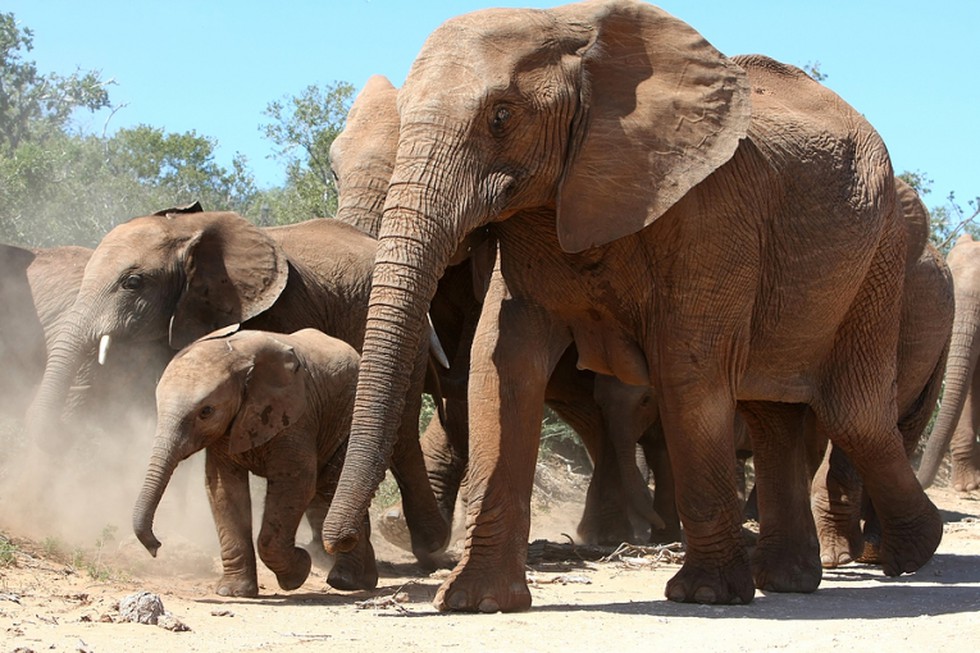
About Placental Mammals:
- A placental mammal is an animal that has a placenta.
- The placenta is a vascular organ formed during gestation of female mammals (except for monotremes and marsupials), built up of maternal and fetal tissues jointly, and which serves for the transport of nutrient substances from the mother to the fetus and to eliminate fetal waste products.
- Placental mammals carry their fetus in the uterus until they are born at an advanced stage.
- The young get their nourishment through a placenta before birth. The placenta delivers nutrients and oxygen to the fetus in the uterus.
- The placenta permits a long period of fetal growth in the uterus. As a result, the fetus can become large and mature before birth.
- Classified under the subclass Eutheria, placental mammals have 4,000 identified species.
- Fossil evidence shows that the first placental mammals evolved between about 163 million and 157 million years ago during the Jurassic Period (201.3 million to about 145 million years ago).
- The placentals include all living mammals except marsupials and monotremes (egg-laying mammals).
- Marsupials and monotremes have a less-developed, less-efficient type of placenta that limits the gestation period.
What are Marsupials?
- Marsupials are a group of mammals that are known for giving birth to relatively undeveloped young, which then continue to grow and develop outside the womb, typically in a pouch.
- Marsupials have a short-lived placenta that nourishes their young for just a few days before they’re born, the rest of their nutrition coming from the mother’s teats inside the pouch.
- Marsupials have an extra pubic bone, the epipubic bone, to support their pouch.
- There are over 330 species of marsupials. Around two-thirds of them live in Australia. The other third live mostly in South America.
- Examples: Kangaroos, Koalas, Opossums, etc.
 About World Wealth Report 2024:
About World Wealth Report 2024:- It is released by the Capgemini Research Institute.
- It covers 71 countries, accounting for more than 98% of global gross national income and 99% of world stock market capitalization.
- Highlights:
- Global high-net-worth individuals (HNWI) wealth expanded by 4.7% in 2023, reaching $86.8 trillion. Similarly, the HNWI population increased by 5.1% to 22.8 million globally.
- HNWIs are individuals with investable assets of $1 million or more, excluding their primary residence, collectibles, consumables, and consumer durables.
- HNWIs are segmented into three categories based on wealth bands: Ultra-HNWIs ($30 million or more), Mid-Tier Millionaires ($5-30M) and Millionaires Next Door (USD 1-5M).
- Among the best performers in the APAC region were India and Australia, which recorded HNWI wealth growth of 12.4% and 7.9%, and HNWI population growth of 12.2% and 7.8%, respectively.
- A resilient economy and robust performance of the equity markets drove wealth growth in both of these countries.
- HNWI in India increased by 12.2% in 2023 vs 2022, bringing the total number of HNWI population to 3.589 million.
- The financial wealth of India’s HNWIs increased by 12.4% in 2023 to $1,445.7 billion, compared to $ 1,286.7 billion in 2022.
- India’s unemployment rate decreased to 3.1% in 2023, down from 7% in 2022
- India’s country’s market capitalisation increased by 29.0% in 2023, after an increase of 6% in 2022.
- The country’s national savings as a percentage of GDP also increased to 33.4% in 2023, compared to 29.9% in 2022.
- Global high-net-worth individuals (HNWI) wealth expanded by 4.7% in 2023, reaching $86.8 trillion. Similarly, the HNWI population increased by 5.1% to 22.8 million globally.
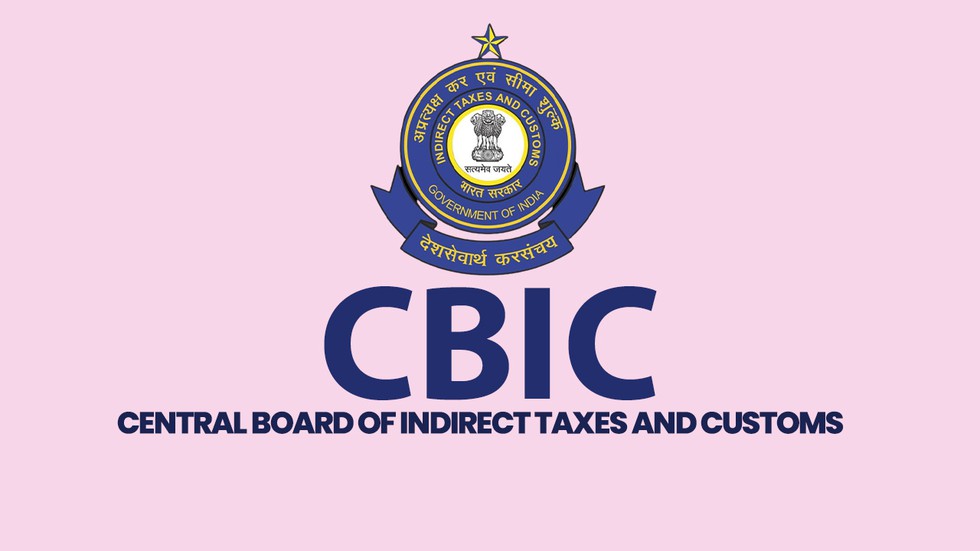
Why in News?
- The bill intends to replace the Central Excise Act of 1944 after its implementation.
- The main aim of this bill is to remove outdated and redundant provisions following the introduction of the Goods and Services Tax (GST).
- It addresses the long-standing demand from industry players to align excise duty provisions with GST legislation.
About Central Board of Indirect Taxes and Customs (CBIC):
- CBIC (erstwhile Central Board of Excise and Customs) is a part of the Department of Revenue under the Ministry of Finance, Government of India.
- CBIC administers all the indirect tax-related matters in India.
- It deals with the tasks of formulation of policy concerning levy and collection of Customs, Central Excise duties, Central Goods & Services Tax and IGST, prevention of smuggling and administration of matters relating to Customs, Central Excise, Central Goods & Services Tax, IGST, and Narcotics to the extent under CBIC's purview.
- The Board is the administrative authority for its subordinate organizations, including Custom Houses, Central Excise and Central GST Commissionerates, and the Central Revenues Control Laboratory.
- It also ensures that taxes on foreign and inland travel are administered as per the law, and the collection agencies deposit the taxes collected to the public exchequer promptly.
- Under customs, matters relating to the collection of customs duty at:
- International Airports
- Seaports
- Custom Houses
- International Air Cargo Stations
- International Inland Container Depots (ICDs)
- Land Customs Station
- Special Economic Zones (SEZs)
- Container Freight Stations (CFSs) are administered by the CBIC.
- Organisation:
- The CBIC is headed by a Chairman, who is appointed by the Indian Government.
- The organization is divided into various divisions and zones, each headed by a Chief Commissioner or Director General.
- The CBIC also has a GST intelligence wing, which is responsible for detecting and preventing tax evasion.
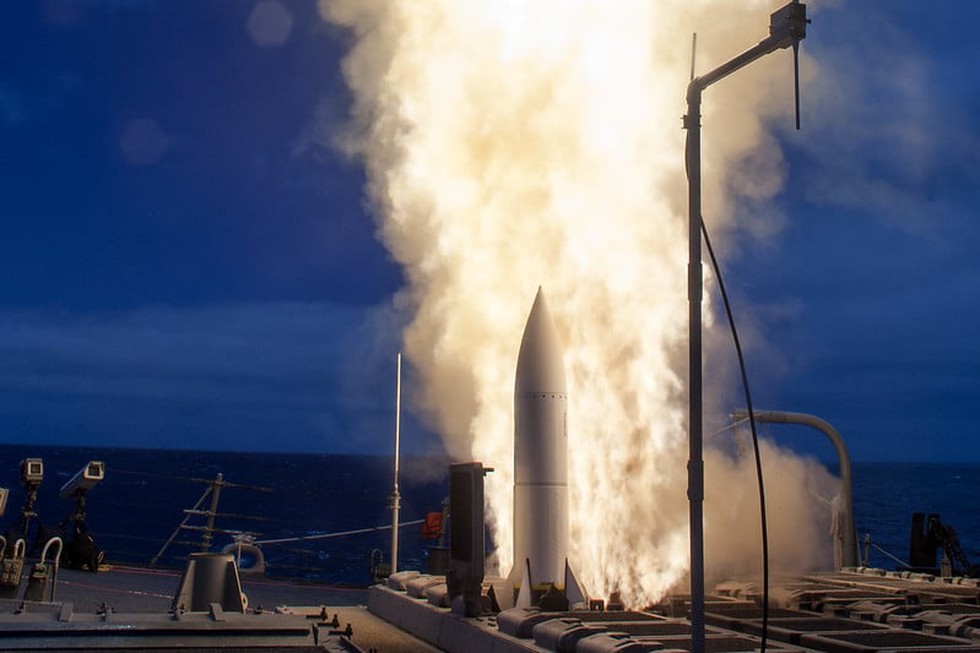 About Standard Missile 6 (SM-6):
About Standard Missile 6 (SM-6):- It is a multi-mission missile capable of anti air warfare, terminal ballistic missile defense, and anti ship strike roles.
- It was developed by Raytheon Company, a major U.S. defense contractor, primarily for the United States Navy.
- The first version of the Standard Missile-6 became operational in December 2014.
- Features:
- It is the first missile of its kind, with anti-air, anti-surface, and sea-based terminal defence capabilities.
- It has a length of 6.6 m and a diameter of 0.5 m. It weighs 1,500 kg and carries a 64 kg blast fragmentation warhead.
- It is an extended-range active missile (ERAM) that uses the sophisticated signal processing and guidance technologies of the AMRAAM (Advanced Medium-Range Air-to-Air Missile).
- The interceptor uses semi-active homing and active homing guidance to achieve accurate engagement of the assigned targets.
- At its surface-to-air published range, the SM-6 achieves ranges of 240 km, with even higher estimated ranges up to 463 km.
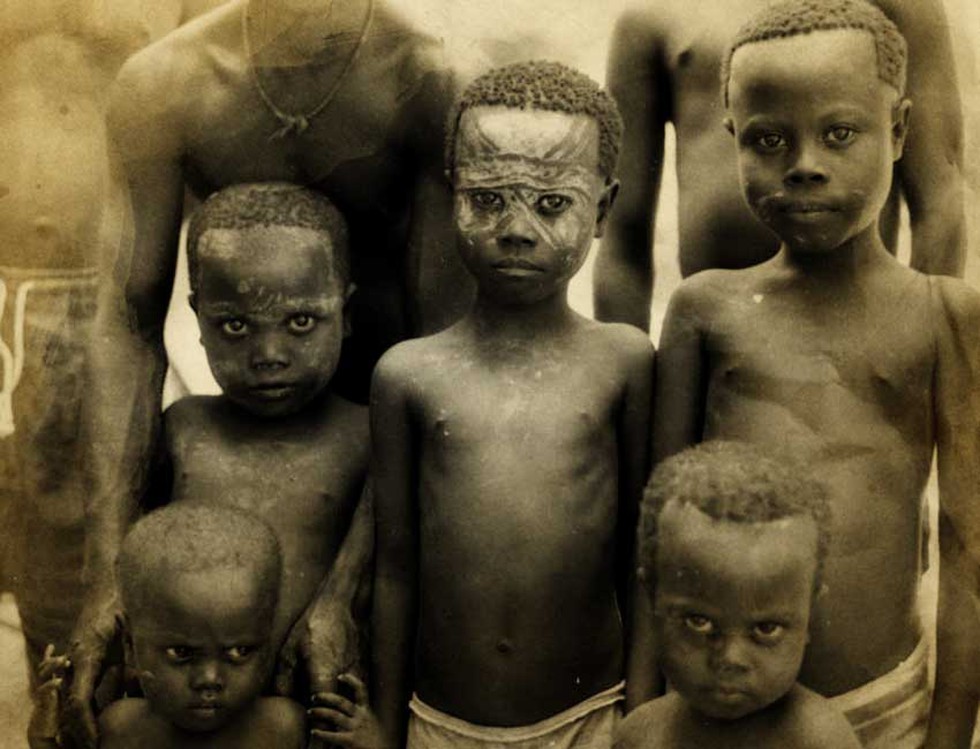
About Onge Tribe:
- Onges are one of the most primitive tribes in India that belong to the Negrito racial ancestry.
- They are inhabiting Little Andaman Island, the most southerly island in the Andaman archipelago.
- They are a semi-nomadic group and are dependent on the ocean and the forest for sustenance.
- Unlike other religions, they do not believe in or follow firm worshipping practices or sacrifices.
- The colour of the teeth has a unique interpretation among Onges, who consider the pearly white teeth a symbol of death. They continue to chew the bark to impart a red colour to their teeth.
- They decorate their bodies and their faces with white and ochre clay. On special occasions, they place a greater emphasis on body ornamentation.
- Until the 1940s, the Onge were the sole permanent inhabitants of Goubalambabey (the Onge name for Little Andaman).
- They now share the 732 sq km island with around 17,000 settlers from India, Bangladesh, and the Nicobar Islands.
- The Onge population was also decimated following contact with British colonists and Indian settlers; it fell from 670 in 1900 to only 96 members by the early 2000s.
- In 1976, the Onge were settled in order to have ‘the basic facilities for hygienic living and protection against elements of nature’.
- They now live in a reserve in Dugong Creek (Little Andaman) that is a fraction of the size of their original territory.
- The Onge tribe is also one of the world's least prolific and infertile communities. Infertility affects somewhat more than 40% of married couples.
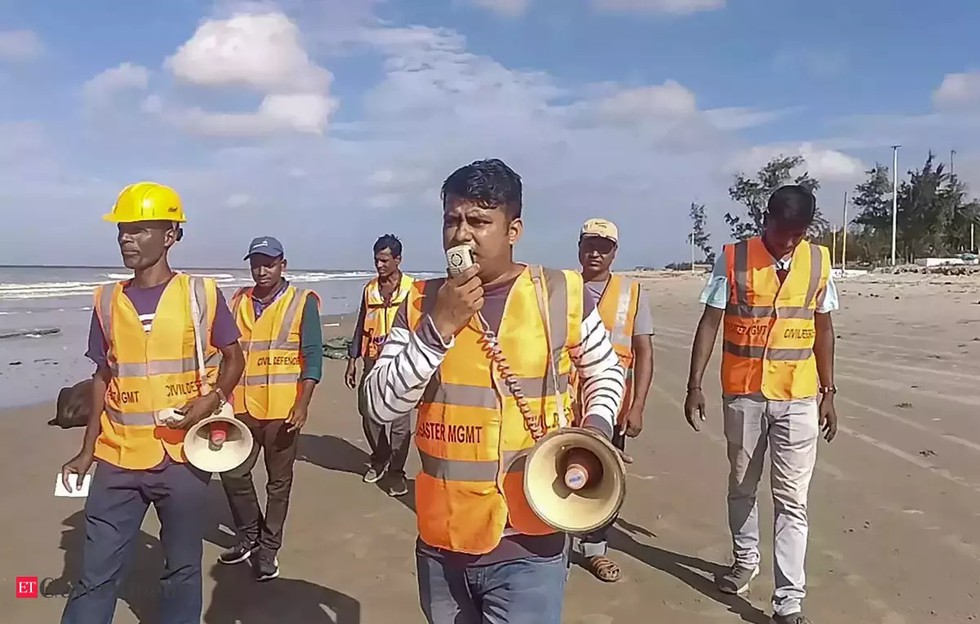
About NCMC
- At the national level, the Cabinet Committee on Security (CCS) and the National Crisis Management Committee (NCMC) are the key committees involved in top-level decision-making regarding Disaster Management (DM).
- It deals with major crises which have serious or national ramifications.
Key functions:
- The NCMC plays a crucial role in managing natural disasters by reviewing preparedness measures, coordinating relief efforts, and providing logistic and financial support to state governments.
- It is responsible for ensuring that all necessary preventive and precautionary measures are taken to minimize damage and loss of life
Composition:
- Cabinet Secretary (Chairperson) and Secretaries of Ministries / Departments and agencies with specific Disaster management responsibilities.
7. Clean Economy Investor Forum
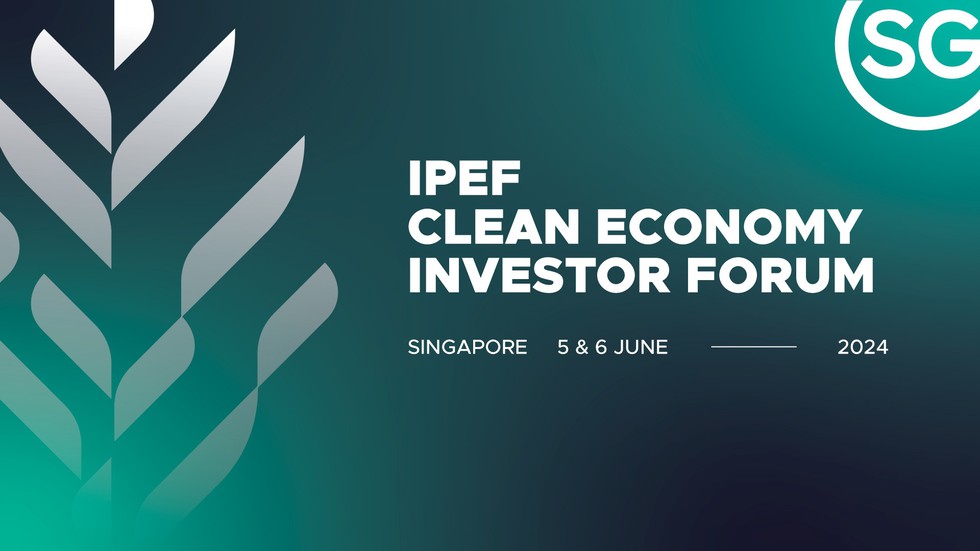
About Indo-Pacific Economic Framework for Prosperity (IPEF)
- It is an economic initiative launched by the United States President on May 23, 2022.
- IPEF has 14 members: Australia, Brunei, Fiji, India, Indonesia, Japan, South Korea, Malaysia, New Zealand, Philippines, Singapore, Thailand, United States and Vietnam.
- This framework is intended to advance resilience, sustainability, inclusiveness, economic growth, fairness, and competitiveness for member economies.
- The forum seeks to go beyond traditional free trade agreements and work on the issues of supply chains, clean energy, decarbonisation, infrastructure and tax and anti-corruption.
- Four pillars of cooperation: Trade, Supply Chain, Clean Economy, and Fair Economy. India is not part of the trade pillar.
Clean Economy Investor Forum
- The IPEF Clean Economy Investor Forum is one of the initiatives under the IPEF.
- It brings together the region's top investors, philanthropies, financial institutions, innovative companies, startups and entrepreneurs. The forum aims to mobilize investments into sustainable infrastructure, climate technology and renewable energy projects.
- The Department of Commerce is the nodal agency for the IPEF engagements, and the IPEF Clean Economy Investor Forum is managed by Invest India, the country's national investment promotion agency.
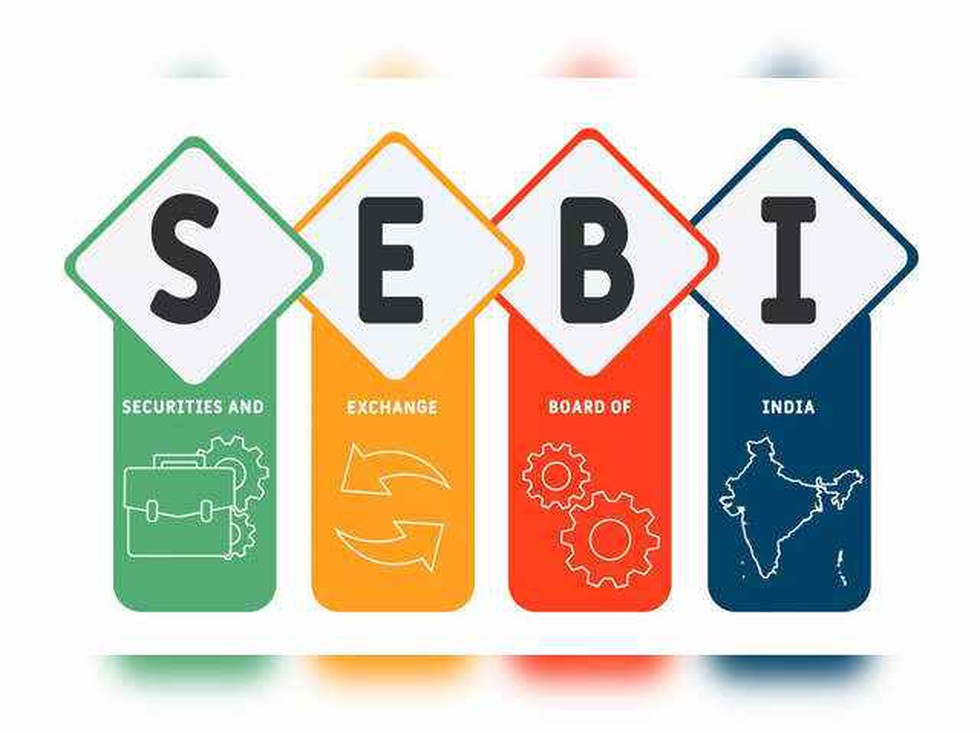
About New Framework
- The Securities and Exchange Board of India (SEBI) introduced a framework centred around the concept of "unaffected price" to tackle the impact of market rumours on stock prices.
- Purpose: The framework aims to maintain a reasonable price for a scrip, excluding any undesired influence before the rumour is confirmed or refuted, thereby helping both companies and investors.
- Implementation: The framework will be implemented in phases:
- Phase 1 (June 1): Applies to the top 100 listed entities.
- Phase 2 (December 1): Applies to the top 250 listed entities.
- How "Unaffected Price" works: The "unaffected price" is the price of the scrip before a particular rumour emerged and became public. This mechanism ensures a fair price discovery process, protecting the interests of market participants.
- Benefits: The framework is expected to:
- Improve market integrity by promoting transparency and faster responses from listed companies.
- Enhance confidence among investors.
- Reduce speculative activity.
- Ensure a level playing field for buybacks, mergers and acquisitions, and other transactions.
- Timeframe: The "unaffected price" must be determined within 24 hours of any material price movement excluding the rumour.
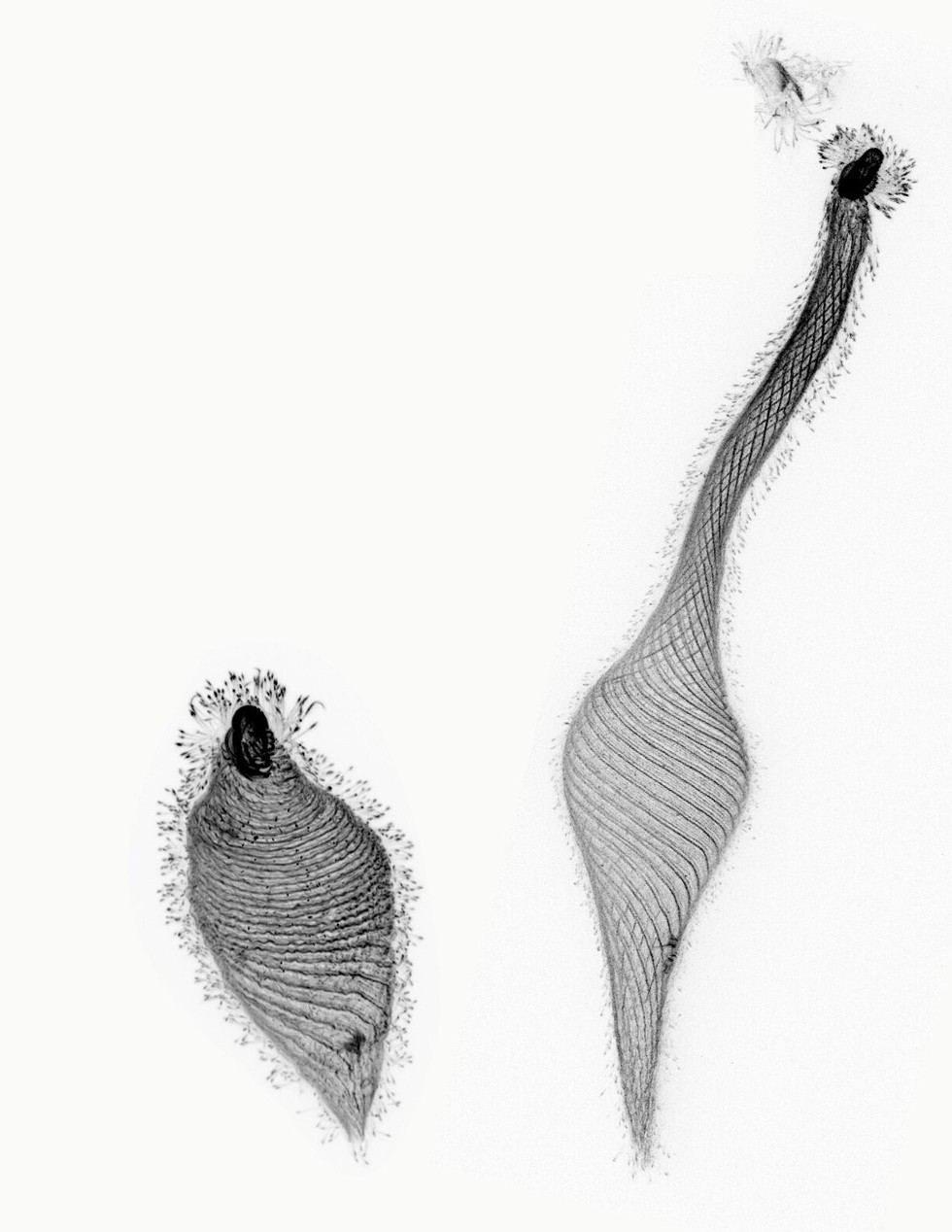
About Origami
- Origami in biology refers to the folding of biological molecules, such as DNA, into specific shapes or structures.
- This process is inspired by the traditional Japanese art of paper origami, where a flat sheet of paper is folded into a three-dimensional object without cutting or gluing.
- Similarly, origami techniques are used in biology to create complex structures from DNA, proteins or other biological molecules.
Applications of Origami in Biology
- Synthetic Biology: Researchers use principles of origami to design and construct new proteins and RNA molecules with desired functions. This includes creating novel enzymes, therapeutic proteins, and RNA-based sensors.
- Drug Design: Understanding how proteins fold and the structures they form helps in designing drugs that can interact with specific protein targets. Misfolded proteins can be targeted to correct folding errors.
- Nanotechnology: DNA origami is a technique where DNA is folded into precise shapes at the nanoscale. This has applications in creating nanoscale devices and materials for medical and technological purposes.
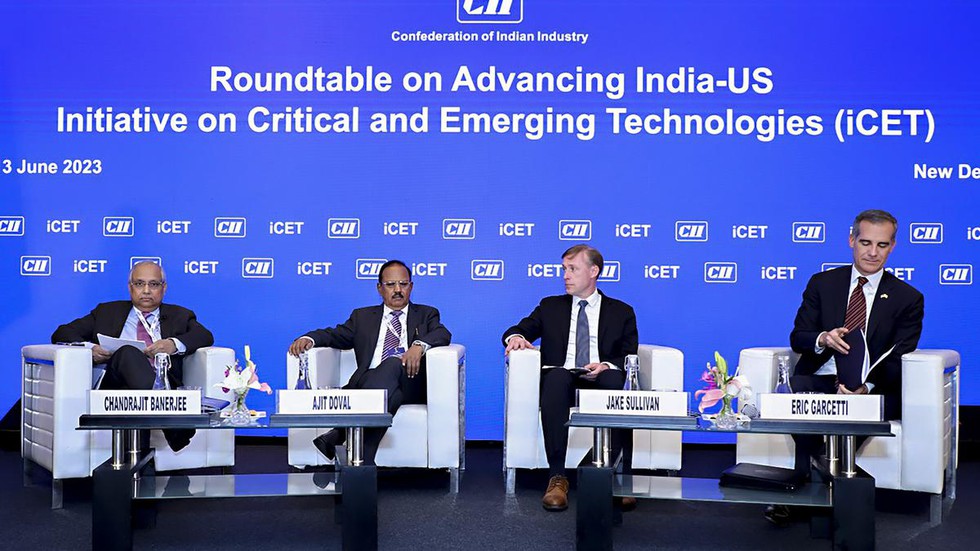
About United States–India Initiative on Critical and Emerging Technology (iCET)
- The Initiative on Critical and Emerging Technologies (iCET) is a framework for cooperation between India and the United States on critical and emerging technologies, it was launched in January 2023.
Key Features iCET
- Focus areas: It aims to strengthen its strategic partnership and drive technology and defence cooperation in areas such as artificial intelligence, quantum computing, semiconductors, and wireless telecommunication.
- The partnership aims to position India and the United States as "trusted technology partners" to build supply chains and support the co-production and co-development of items.
- Private sector and academic involvement: The iCET requires the private sector, knowledge partners, and academia in both countries to give functional meaning to the outcomes and provide the necessary strategic and operational assurances to the private sector.
Progress:
- Quantum Coordination Mechanism: India and the United States of America have established a Quantum Coordination Mechanism to drive collaboration in quantum computing.
- Defence Industrial Cooperation: The two countries have concluded a roadmap for defence industrial cooperation and are close to finalising a mega jet engine deal.
- Semiconductor Supply Chain: An MoU has been signed to establish a semiconductor supply chain, paving the way for creating a semiconductor sub-committee.


























































































































































.png)
.png)
.png)
.png)
.png)


.png)
.png)
.png)





.png)
.png)






.png)
.png)
.png)
.png)
.png)
.png)
.png)
.png)
.png)

.png)







.png)
.png)


.png)
.png)
.png)


.png)

.png)
.png)





.jpg)

.png)
.png)


.png)

.png)
.png)
.png)

.jpg)

.jpg)


.png)

.png)
.png)
.png)
.png)
.png)
.png)
.png)
.png)
.png)
.png)




.png)

.png)





.png)
.png)
.png)
.png)
.png)
.png)
.png)
.png)
.png)
.png)
.jpg)
.jpg)

.png)
.png)
.png)
.png)
.png)
.png)
.png)
.png)
.png)
.png)
.png)
.png)
.png)
.png)
.png)
.png)
.png)
.png)
.png)
.png)
.png)
.png)



.png)
.png)

.jpg)
.jpg)


.jpg)
.jpg)
.jpg)
.jpg)
.jpg)

.jpg)








.jpg)
.jpg)
.jpg)
.jpg)
.jpg)

















.jpg)
.jpg)







.jpg)


















.jpg)
.jpg)






























































































.jpg)
.jpg)


























.jpg)

.jpg)










.jpg)








.jpg)




.jpg)










.jpg)


















.jpg)












































.jpg)














.jpg)
.jpg)
.jpg)





.jpg)

.jpg)
.jpg)





































































.jpg)


































.jpg)
.jpg)
















































.jpg)












.jpg)


.jpg)




.jpg)
.jpg)
.jpg)

.jpg)
.jpg)
.jpg)
.jpg)

.jpg)
.jpg)
.jpg)

.jpg)
.jpg)
.jpg)
.jpg)
.jpg)
.jpg)
.jpg)
.jpg)

.jpg)


.jpg)
.jpg)
.jpg)
.jpg)
.jpg)
.jpg)
.jpg)
.jpg)
.jpg)
.jpg)











.jpg)
.jpg)





.jpg)
.jpg)
.jpg)
























.jpg)
























.jpg)









.jpg)
.jpg)







.jpg)
.jpg)









































.jpg)
.jpg)
.jpg)
.jpg)
.jpg)

.jpg)
.jpg)
.jpg)
.jpg)
.jpg)


.jpg)
.jpg)
.jpg)
.jpg)
.jpg)

.jpg)
.jpg)
.jpg)
.jpg)
.jpg)
.jpg)
.jpg)
.jpg)
.jpg)
.jpg)
.png)

.png)
.png)

.png)
.png)
.png)
.png)


.jpg)
.jpg)

.jpg)
.jpg)
.jpg)

.png)
.png)
.png)
.png)
.png)
.png)
.png)

.png)
.png)
.png)
.png)
.png)
.png)
.png)
.png)
.png)
.png)





































































-min.png)



.png)




.png)








































